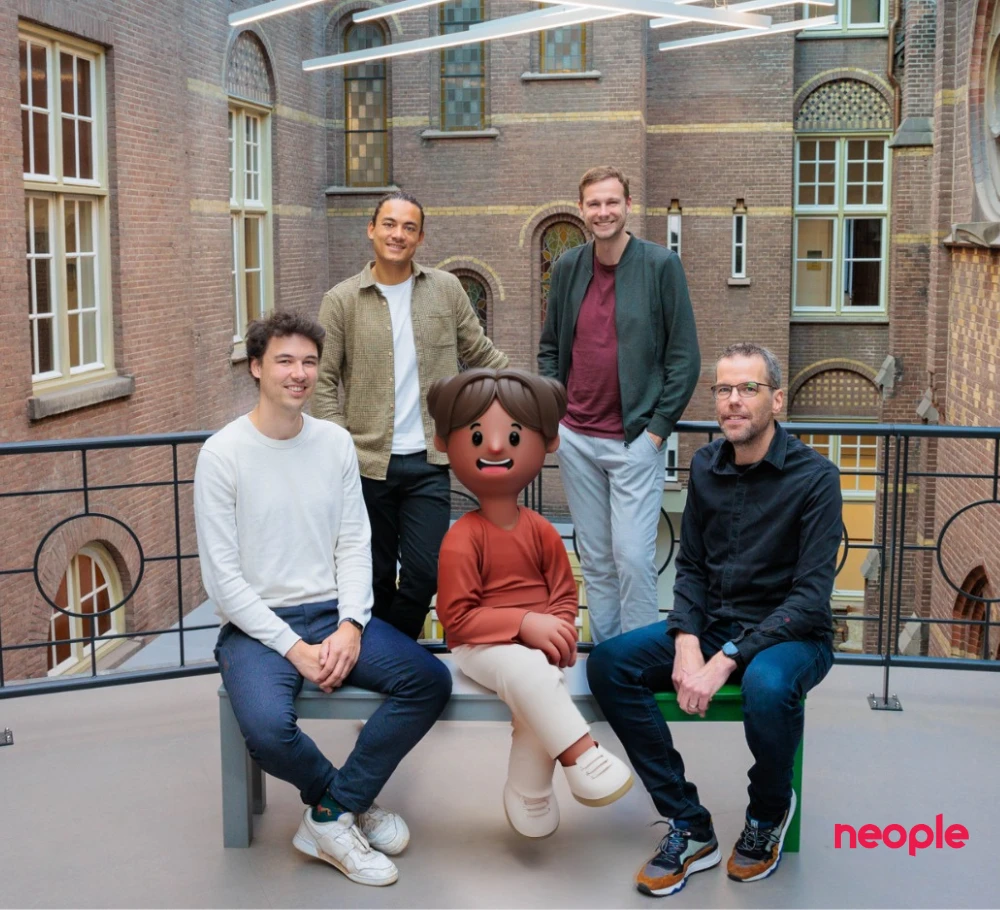As AI continues to evolve, there's growing fear that it will eventually take over entire jobs. This isn't surprising, as AI can automate many human tasks. Despite this fear, there's also hope. Automating tasks presents an opportunity to reduce work pressure and decrease burnout rates. Scientific evidence already shows that AI leads to increased productivity and job satisfaction. Interestingly, research has found that managers are more interested in using AI to support employees rather than replace them. How can we utilize AI to solve burnouts without losing jobs?
Burnouts remain a huge issue. In 2022, 1.6 million workers suffered from burnout-related complaints, an increase from 1.3 million in 2021. In the Netherlands in 2022, 3% of workers reported being overstressed or having a burnout due to work, and in 2021, employees took a total of 11 million days off due to work stress. Dutch Organisation for Applied Scientific Research TNO estimates the associated costs at 3.3 billion euros. It's about time for intervention.
Can AI solve burnouts?
While 49% of people fear AI will take their job, as many as 70% would delegate as much of their work as possible to AI to reduce their workload. This isn't unrealistic, as we already have scientific evidence that AI can increase productivity and job satisfaction.
However, it's challenging to predict how these factors will affect workers. It can go two ways: it creates more space, which companies can use to either lighten the workload or assign more tasks. The freed-up space could be interpreted by companies as an indication that employees can handle more work in a day.
The downside is if employees become more productive, companies may decide they need fewer workers. Burnout remains an organizational issue, not an individual one. Technology can influence this, but it ultimately depends on how the company addresses it. You can use AI to reduce burnouts, but also to increase productivity.
We're skipping a step if we say AI can prevent burnouts. It's about what we do with the freed-up time and the underlying mentality. Do we want to be constantly more productive, or do we want to feel healthier?
Busywork
Experts agree that busywork, tasks that keep you occupied but aren't necessarily useful, like responding to emails and attending meetings, contributes to burnout complaints. Microsoft analyzed how time and energy are spent using their apps. The average worker spends 57% of their time communicating (meetings, emails, chat) and 43% creating documents. We spend nearly 2.5 to 3 hours daily sending and responding to emails. Meeting FOMO is a thing, while only 35% of people think they'll be missed in meetings. The amount of emails, notifications, and meetings has surpassed our ability to process them, leading to a digital debt. With the endless acceleration of information flows, this will only worsen. Where does it stop?
AI could act as a personal assistant, automating such tasks. For example, Google recently announced a new feature for its Google Meet video service, allowing users to have an AI chatbot attend meetings on their behalf. After the meeting, the user receives AI-generated meeting notes and actions. This is promising: research showed a 14% productivity increase in customer service workers using an AI assistant. A customer service worker with two months of experience performed as well as a colleague with six months of experience who worked alone. Imagine the productivity boost if every worker had a digital assistant.
How do we implement AI?
There are several ways companies can use AI to support rather than replace employees:
- Identify your organization's productivity disruptors (meetings, emails) and address them.
- Embrace flexibility and hybrid work, allowing employees to better manage their work-life balance.
- Encourage taking time off, especially during less busy periods.
Future Outlook
Companies must view the alarmingly high burnout rates as a warning that organizations (not just employees) need systemic change. Efforts to ensure organizations reconsider their current work practices in line with the interests of both companies and employees will pay off in the long run.
However, AI won't simply 'solve' work. It will create a new way of working, and companies must choose how to utilize the time freed up by the massive productivity boost thanks to AI. Do we want to continually increase company productivity, or do we want to feel healthier? The AI revolution should focus on the human aspect, finding technological solutions to help people lead better lives. The intention with AI is not to replace people but to significantly enhance human capabilities. The responsibility doesn't lie with AI, but with how we implement this technology. By embracing AI technology, companies can ensure a healthier, more productive, and more successful workplace.





.png)
.png)

.jpg)
.png)
.png)












